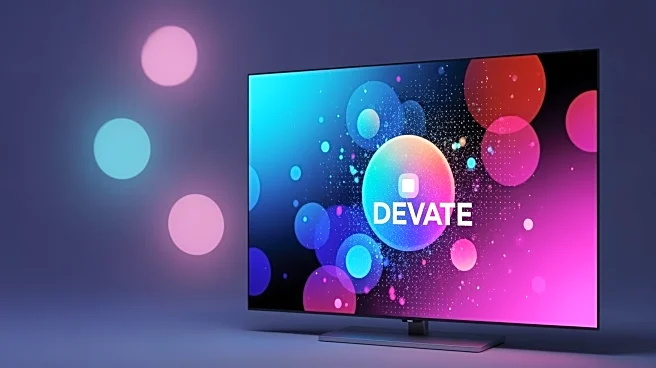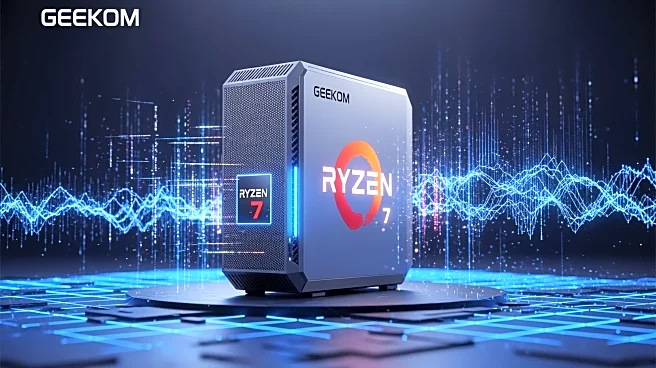What's Happening?
Logitech has launched its new G321 Lightspeed gaming headset, which has received mixed reviews regarding its build quality and audio performance. The headset is priced at $60 and features wireless connectivity
via 2.4 GHz and Bluetooth, as well as a wired option. It includes 40 mm drivers, a flip-to-mute microphone, and offers a battery life of approximately 20 hours. Despite its lightweight design and comfortable fabric earcups, the headset has been criticized for its lack of premium feel and sound quality, particularly in terms of bass response. The headset does not currently support Logitech's G Hub software, limiting customization options for users.
Why It's Important?
The introduction of the Logitech G321 Lightspeed headset is significant for consumers seeking affordable gaming accessories. While the headset offers comfort and ease of use, its limitations in sound quality and build may affect its competitiveness against other budget options like the Corsair HS55 and HyperX Cloud Alpha. The lack of software support for customization could deter users who prioritize audio personalization. This release highlights the ongoing challenge for manufacturers to balance cost, quality, and features in the gaming accessory market, impacting consumer choices and brand loyalty.
What's Next?
Logitech may consider updates to the G321 Lightspeed headset, potentially adding software support for customization and addressing user feedback on sound quality and build durability. As the gaming accessory market continues to evolve, Logitech's response to consumer reviews could influence future product development and marketing strategies. Competitors may also adjust their offerings to capitalize on areas where the G321 Lightspeed falls short, such as immersive sound and robust build quality.
Beyond the Headlines
The release of the G321 Lightspeed headset underscores broader trends in the gaming industry, where affordability and accessibility are increasingly prioritized. This shift may lead to more budget-friendly options that sacrifice certain premium features, affecting consumer expectations and market dynamics. Additionally, the emphasis on wireless connectivity reflects growing demand for versatile and convenient gaming solutions.











